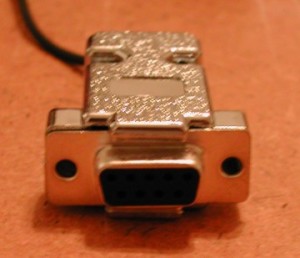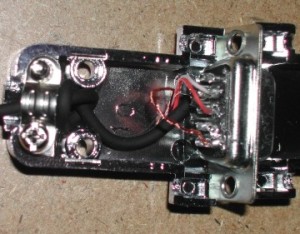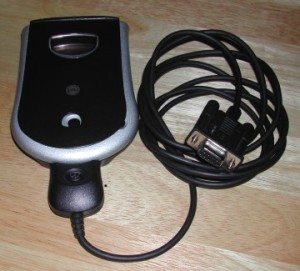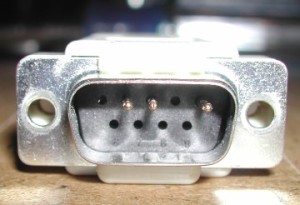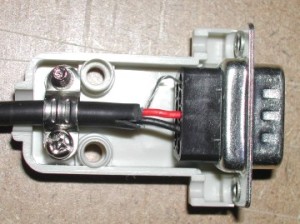After writing “Kenwood Amateur Radio Division in Trouble?”, I decided to make a call.
I just spoke with Phil at Kenwood USA. I had called him, because I’ve been curious if a new 1.2Ghz HT would be coming out anytime soon. Unfortunately he said that their current task list is as such:
– Revampin current product lines to be RoHS compliant. One driving force to be RoHS compliant, is to be able to sell some of the equipment in Europe.
– Finish work on a new HF rig and release it (~1yr out).
– Start working on other new equipement.
Overall he said that I shouldn’t expect a 1.2Ghz radio for another 3 years. Phil’s suggestion was to use SkyCommand (or similar) from my HT, to connect to a TS-2000 at home (if line-of-sight was available).
An interesting side-note was that originally the Kenwood TH-F6A was going to be a quad-band with 1.2Ghz. Apparently the engineers were not able to get the radio to be quad-band with anything more than .5 watts on 1.2Ghz. The team decided to remove the quad and leave it as a tri-band, which ended up being one of their best selling HT’s ever.
I am confident that RoHS is important, and a good thing for Kenwood. Unfortunately this may cause them to slip behind the competition in the process. At the same time, it may provide them the excuse to skip a “generation” of technology.

